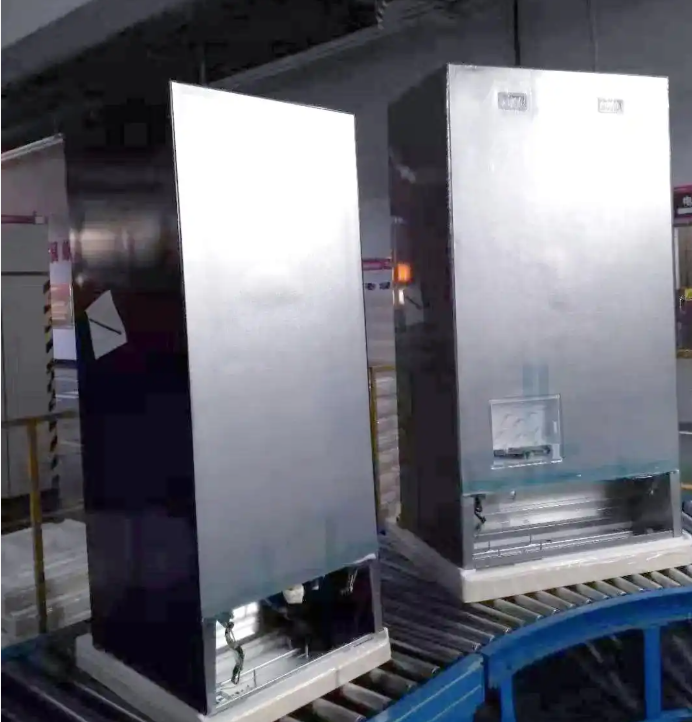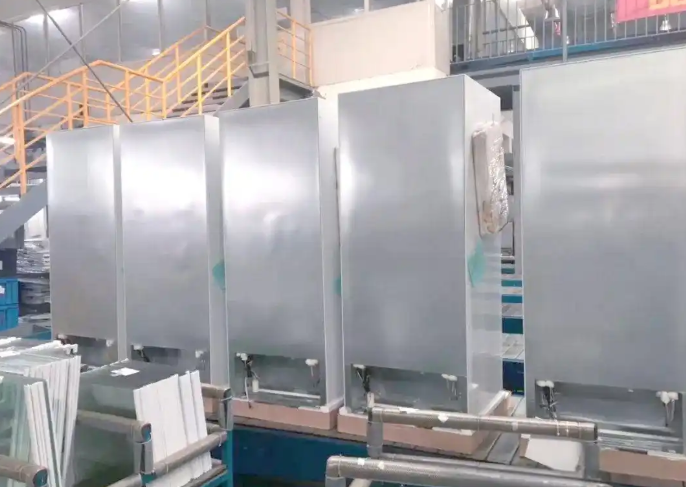In the refrigerator manufacturing process, the quality of back panel foaming is directly related to the thermal insulation performance and structural stability of the whole machine. Among them, the back panel bubbling problem is a common hidden danger that affects the rate, repair rate and customer complaints. This article will systematically analyze the manifestations, causes and corresponding solutions of three typical bubble problems to help engineering personnel quickly locate and effectively improve them.

1. Bubble phenomenon caused by insufficient foam maturation
Features:
- There is no fixed pattern in the bubble position
- There is no obvious bubble structure inside the bulging part
- After refrigeration, the bulging marks can still be seen, and the shape no longer expands
- The situation was alleviated after extending the demoulding time
Cause Analysis:
- The demoulding time is too short and the foam is not fully matured.
- The mold temperature is too low and the reaction heat is insufficient to promote complete ripening.
- Improper ratio of black and white materials, weak foam performance
Solution:
- Extended demoulding time ensures the foam structure is fully stable
- Increase the mold temperature (recommended not to exceed 45°C) to speed up the curing rate
- Optimize the ratio of black and white materials . The recommended range is 1.05-1.15.
- Add delayed catalysts such as Evonik 405/211, Momentive C-31, or introduce toluene diamine polyether and sorbitol polyether to improve demoulding performance.

2. The phenomenon of holding breath and bubbling caused by poor exhaust
Features:
- There are no obvious bubbles on the bubbling surface, only bulging
- The position of the bulge is sometimes fixed and sometimes changes
- After refrigeration, the bubbles disappeared temporarily, but there was no improvement after extending the demoulding time.
Cause Analysis:
- During the foaming process, the gas in the mold cavity cannot be discharged smoothly, causing air holding
- The back plate structure is not conducive to gas flow
- The flow rate of the gun tip is too large, and the foam material is pushed too fast to form an air plug.
Solution:
Process:
- Optimize the mold exhaust structure or adjust the product structure to increase the exhaust channel
- Reduce the flow rate at the gun tip , slow down the material flow, and improve the exhaust efficiency
- Control the mold temperature to avoid back plate adhesion and seal blockage
Materials:
- Improve the bonding strength of the combined materials to avoid delamination between the backboard and the foam
suggestion:
- Reduce the amount of highly brittle polyesters or high-functionality components
- Add small polyether with good wet adhesion (such as 210/310)
- Adding benzylamine catalyst or surface curing agent to improve adhesion
3. Excessive bubbles in the foam material and bubbling problems
Features:
- The back plate has dense bubbles and a large range.
- Shrinkage after refrigeration
- Extending the demoulding time has little effect
Cause Analysis:
- Insufficient mixing or abnormal dispersion of the tip
- The material temperature or mold temperature is not well matched, and the bubbles are not fully released.
- The back sheet corona value is too high or too low, affecting the distribution and adhesion of the foam material
Solution:
Process improvements:
- Check the mixing condition of the gun tip to see if it is uniform , blocked or abnormal.
- Appropriately lower the mold temperature and slightly increase the foam material temperature to improve the bubble release environment
- Control the flow rate of the gun tip to avoid aeration of the foam material caused by high-speed stirring
- Check the corona value of the plastic back sheet and control it between 36-40 (not exceeding 42)
Material formulation optimization:
- Use low-bubble blowing agent system
- Add surface tension regulator to improve the consistency of foam distribution
- Use main polyether with stronger shrinkage resistance to improve foam structure stability
Summary and recommendations
Question Type | Main manifestations | Key solutions |
Insufficient ripening | No bubbles, partial bulging, still bulging after refrigeration | Extend demoulding time, increase temperature, optimize ratio and catalyst |
Poor exhaust | The bulge is variable, the cooling disappears, and it cannot be improved | Optimize structure, reduce flow, and enhance adhesion |
Too many bubbles | Dense bulges, cooling depressions, no improvement | Lowering temperature and controlling pressure, reducing gas in formula, and optimizing gun tip technology |
Through systematic process adjustment and combination material optimization, the bubbling problem of refrigerator back panels can be effectively controlled and prevented. It is recommended that process engineers conduct small-scale test exhaust path verification and foam material aging test before mass production, and conduct simultaneous evaluation of adhesive relay and fluidity to ensure product quality from the source.
If you need a customized improvement plan based on your company’s mold structure and combined material system, please contact us for one-on-one technical consulting support.
